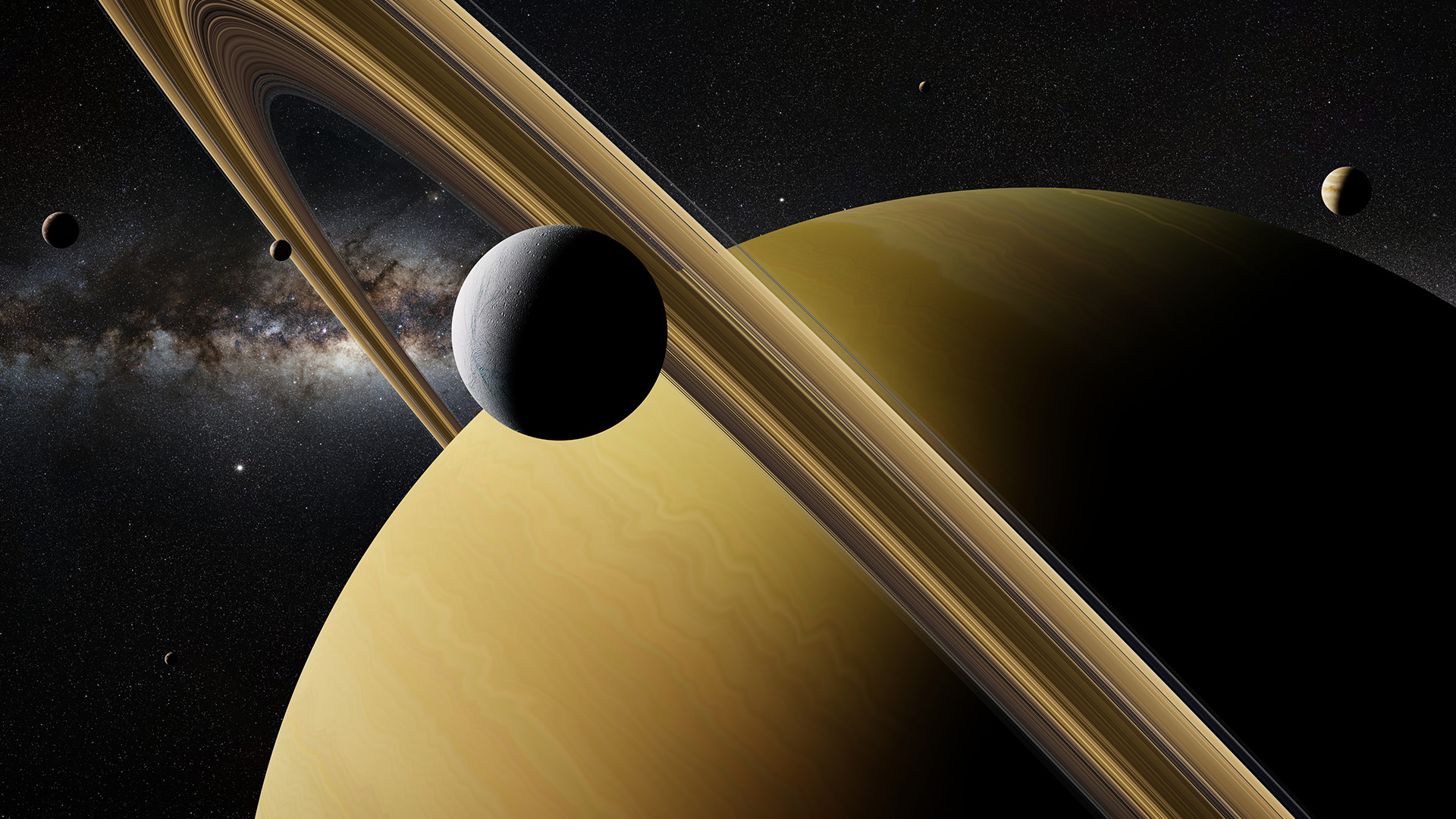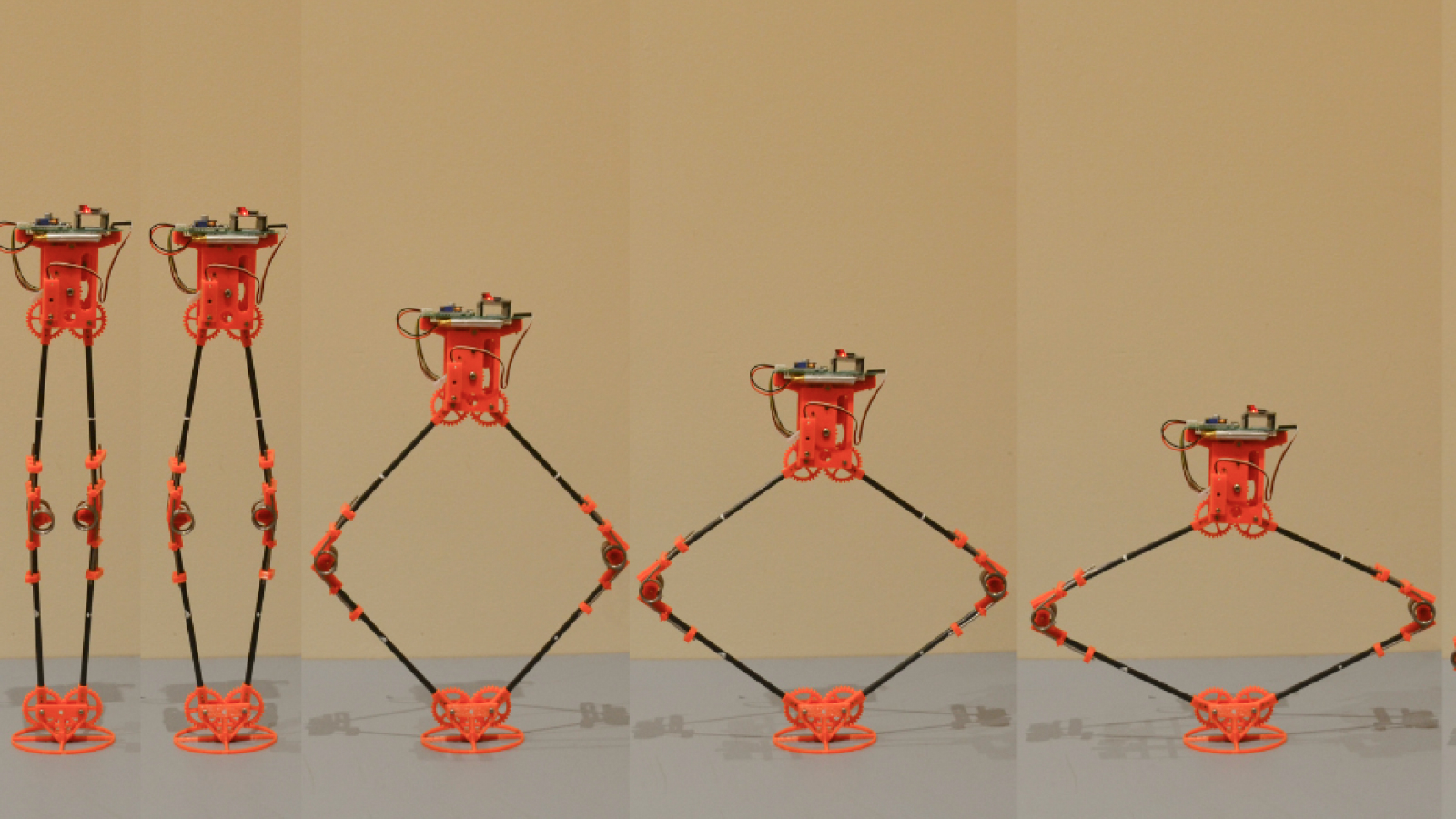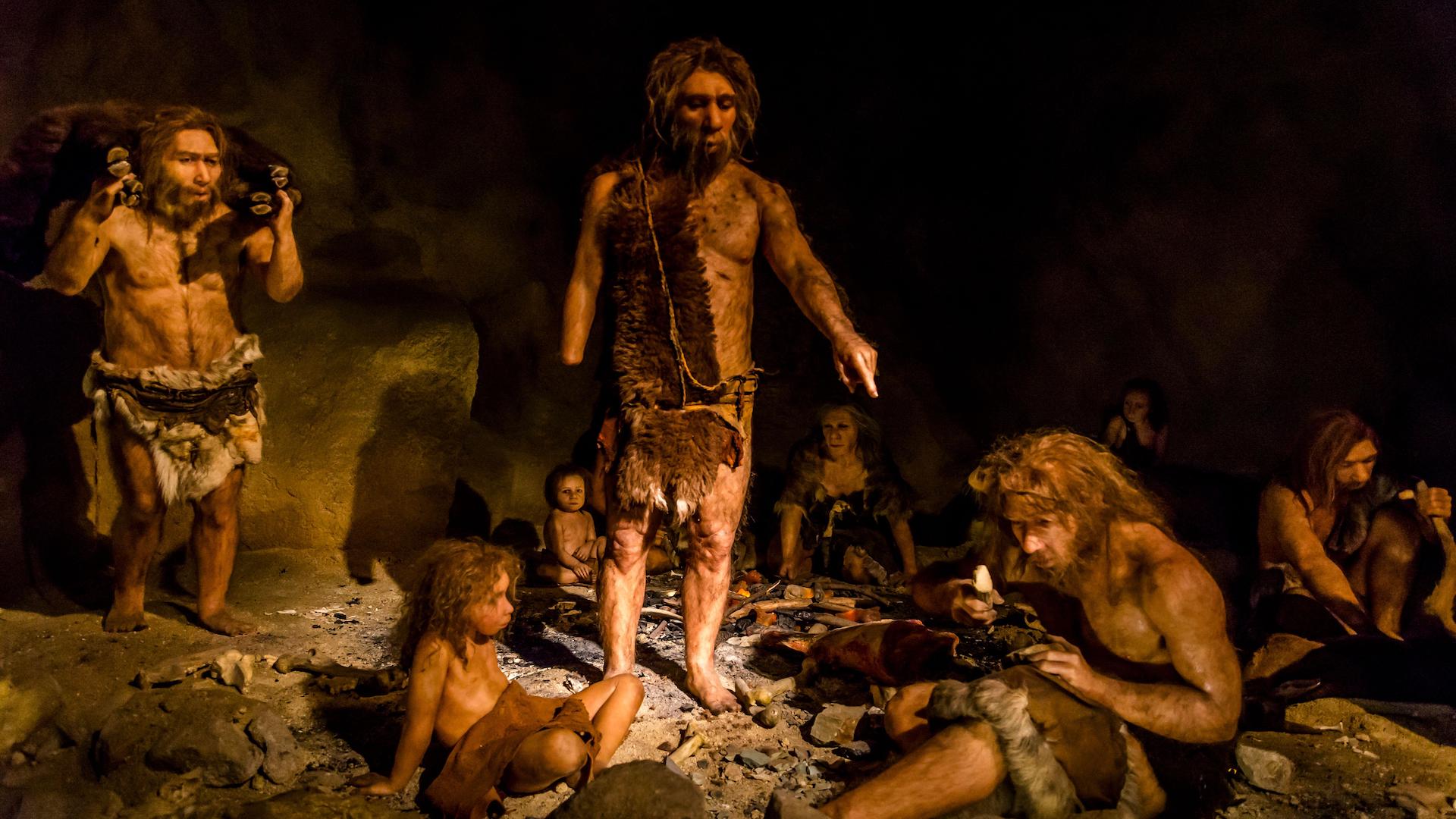
doyouremember.com
Cher Says She Will Keep Her Style Of Long Hair And Jeans When She’s 80
May saw Cher further close the distance to turning 80. Although there are still two more years to go, Cher knows some of what to expect after crossing that big milestone, because she’s ready to continue embracing her signature style of long, flowing hair and fit, flattering jeans without hesitation.
Despite celebrating her 78th birthday not long ago, Cher has kept herself as busy as ever, composing new music and even compiling a memoir. The Goddess of Pop has long created a persona for herself that’s as much shaped by her music as by her fabulous wardrobe. She’s on the record saying that getting older infuriates her, and in her latest talk with Good Morning Britain, Cher shared how she’s defying time’s relentless influence.
Cher insists she’ll still embrace a style that includes slim jeans and long, full hair even at 80
When Cher turns 80, she has no plans of saying goodbye to her usual style of long hair and flattering outfits / J2323-180718 Keith Mayhew/Landmark Media WWW.LMKMEDIA.COM
While catching up with Good Morning Britain back in September to discuss her many new projects, Cher, then 77, admitted that she was going to keep up her sleek, youthful style, especially since she “keeps up with the trends.”
RELATED: Cher’s Friends Are Reportedly Concerned About Her Plastic Surgeries And ‘Begging’ Her To Quit
“I remember when my friend Paulette and I were talking about when we were going to have to cut our hair,” mused Cher, “and stop wearing jeans because it seemed like in those days that’s what women did — and it hasn’t hit yet.” Nor will it ever hit, if Cher has it her way.
“I just can’t believe I will be 80 at some point, sooner than I wish,” she marveled. “And I will still be wearing my jeans, and I will still be wearing long hair, and I will still be doing the same stuff I’ve always done.”
Attitude is part of the final experience
The Goddess of Pop is on the record voicing her hate for the aging process / Billy Bennight/AdMedia
Countless factors influence how a person ages, from environmental, to genetic, economic, and societal. No matter the influencing factor, Cher wants nothing to do with aging. Last November, she spoke with Harry Smith for Today, who exclaimed, “How amazing is it that ‘Believe’ is 25 years old?”
To this, Cher shot back, “It’s not that amazing, OK? It pisses the f–k out of me…It just is, like, what is this?!”
Harry suggested that Cher and aging are mot allies, and Cher replied with, “No. My mother didn’t mind, but I do. I hate it. I’d give anything to be 70 again.”
The singer attributes her graceful aging to good genes, primarily from her mother / AdMedia
Indeed, while her mother, actress and model Georgia Holt, did not mind aging, she also seemed to do so with remarkable grace, living to the age of 96. As a result, Cher credits her current aging experience to good genes.
“I don’t know if not feeling old makes you younger,” she mused, speaking with PEOPLE last January. “I keep up with the trends. I have lots of young friends. I have old friends, too.”
What is your favorite Cher fashion memory?
Cher has also contemplated how feeling not old might help her stay young / Byron Purvis/AdMedia
RELATED: Cher Opens Up About Why She Chooses To Date Younger Men
Click for next Article
The post Cher Says She Will Keep Her Style Of Long Hair And Jeans When She’s 80 appeared first on DoYouRemember? - The Home of Nostalgia. Author, Dana Daly

















